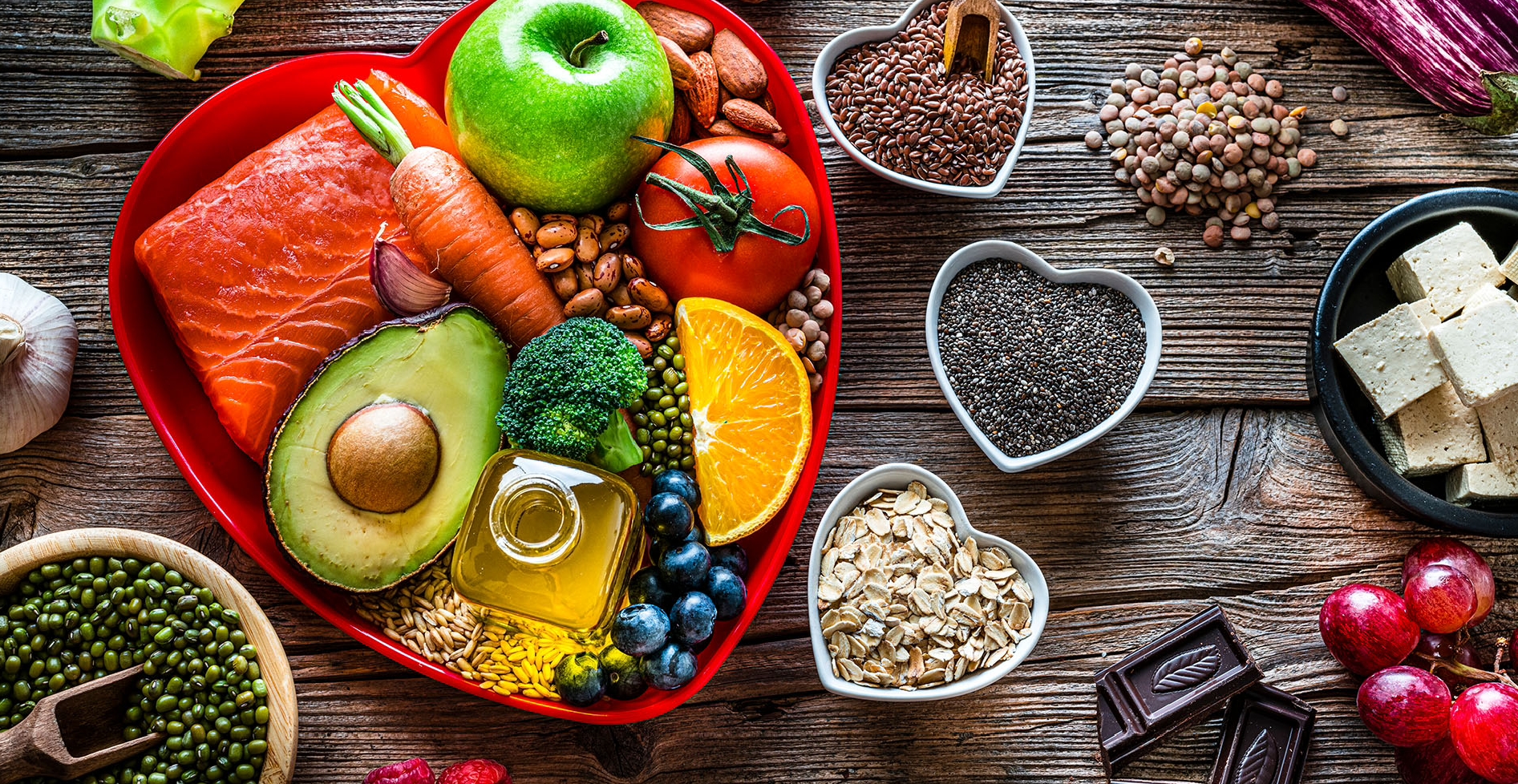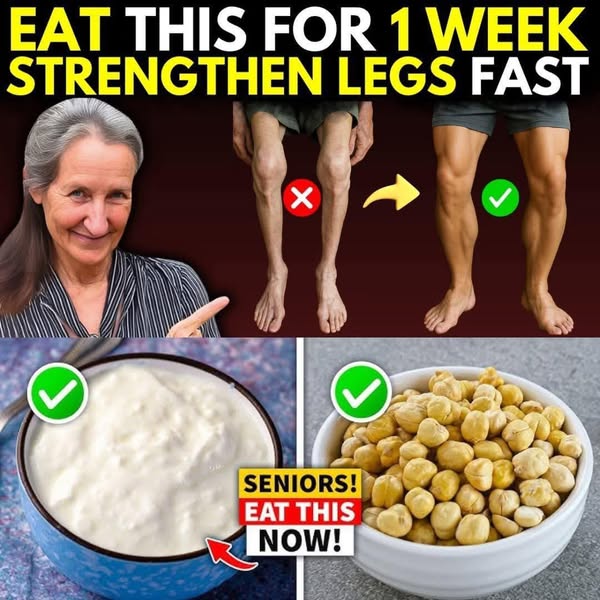Nutrition for Ageing Legs
Loss of leg strength is one of the most often disregarded indicators of aging. Stair climbing gets more difficult. Getting out of a chair requires more work. And lengthy walks? It may be like running a marathon, sometimes. But what if the solution to having stronger, more flexible legs was on your plate rather than in a pill?
Nutrition’s Power for Aging Legs:
Muscle mass naturally decreases beyond age 60. Millions of seniors throughout the world suffer from sarcopenia, a disorder that can lead to frailty, balance problems, and even falls. The good news? If you begin consuming certain nutrients now, you can delay, stop, and even reverse this loss of muscle.
Let’s explore the top 15 foods that every senior should include in their diet to improve circulation, strengthen their legs, and maintain their independence for many years to come.
Lean Beef: Rich in high-quality protein and creatine, lean beef helps rebuild and maintain muscle mass. Look for grass-fed options for added omega-3s.
Salmon: This fatty fish is packed with omega-3 fatty acids and vitamin D—both essential for joint flexibility and muscle recovery.
Eggs: Nature’s protein capsule. Eggs contain all 9 essential amino acids, plus vitamin B12 to support nerve function in your legs.
Cottage Cheese: Low in fat, high in casein protein, which digests slowly—ideal for overnight muscle repair.
Spinach: Loaded with magnesium and nitrates, spinach helps improve blood flow to your legs and supports muscle contractions.
Lentils: These tiny legumes pack a serious punch of plant protein and iron, helping oxygen reach your leg muscles more efficiently.
Almonds: A handful a day provides magnesium, protein, and healthy fats—great for muscle recovery and reducing inflammation in aging joints.
Sweet Potatoes: These are complex carbs that provide sustained energy, along with potassium to prevent cramping in the calves and thighs.
Bananas: The go-to fruit for preventing leg cramps due to its rich potassium content.
Greek Yogurt: Packed with probiotics and protein, this superfood supports muscle growth and gut health—which indirectly affects nutrient absorption.
Broccoli: A powerhouse of vitamin C, calcium, and antioxidants, broccoli strengthens both bones and connective tissues around your leg joints.
Chia Seeds: Just two tablespoons provide fiber, protein, omega-3s, and calcium—ideal for joint lubrication and muscle preservation.
Chicken Breast: Low-fat, high-protein, and versatile. Eating chicken after workouts helps seniors rebuild lean leg muscle effectively.
Fortified Milk: Contains calcium and vitamin D—vital for bone density and preventing fractures in the hip and knee regions.
Oranges: Rich in vitamin C, oranges help form collagen—a key component of ligaments and tendons that support your knees and ankles.
How to Create a Meal Plan That Will Strengthen Your Legs:
Try including these items into your meals on a regular basis to reap their full benefits:
Greek yogurt, banana, and chia seeds for breakfast
Lunch consists of lentils, spinach salad, and grilled chicken.
Supper will include steamed broccoli, sweet potatoes, and salmon.
Snacks: cooked eggs, cottage cheese, or almonds
You may accelerate your development by combining daily walking, little strength exercise, and a healthy diet.
Concluding Remarks:
Leg strength is important for maintaining mobility, independence, and pain-free living as you age, not simply for appearing healthy. It’s time to start giving your muscles the nourishment they need if you’re over 60. Don’t wait until walking gets difficult or your legs suddenly give out. Your golden years might be your strongest yet if you eat the appropriate meals.

